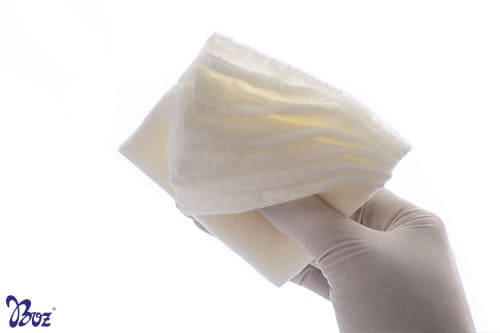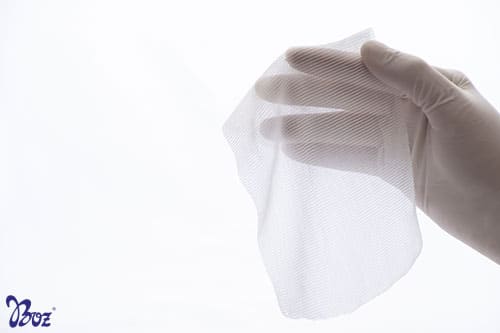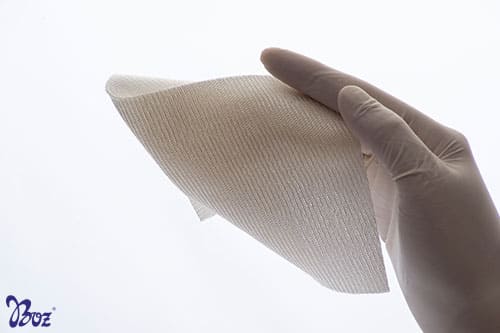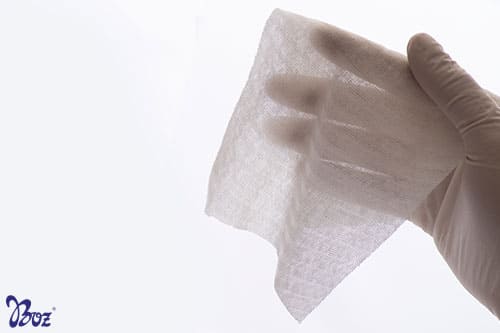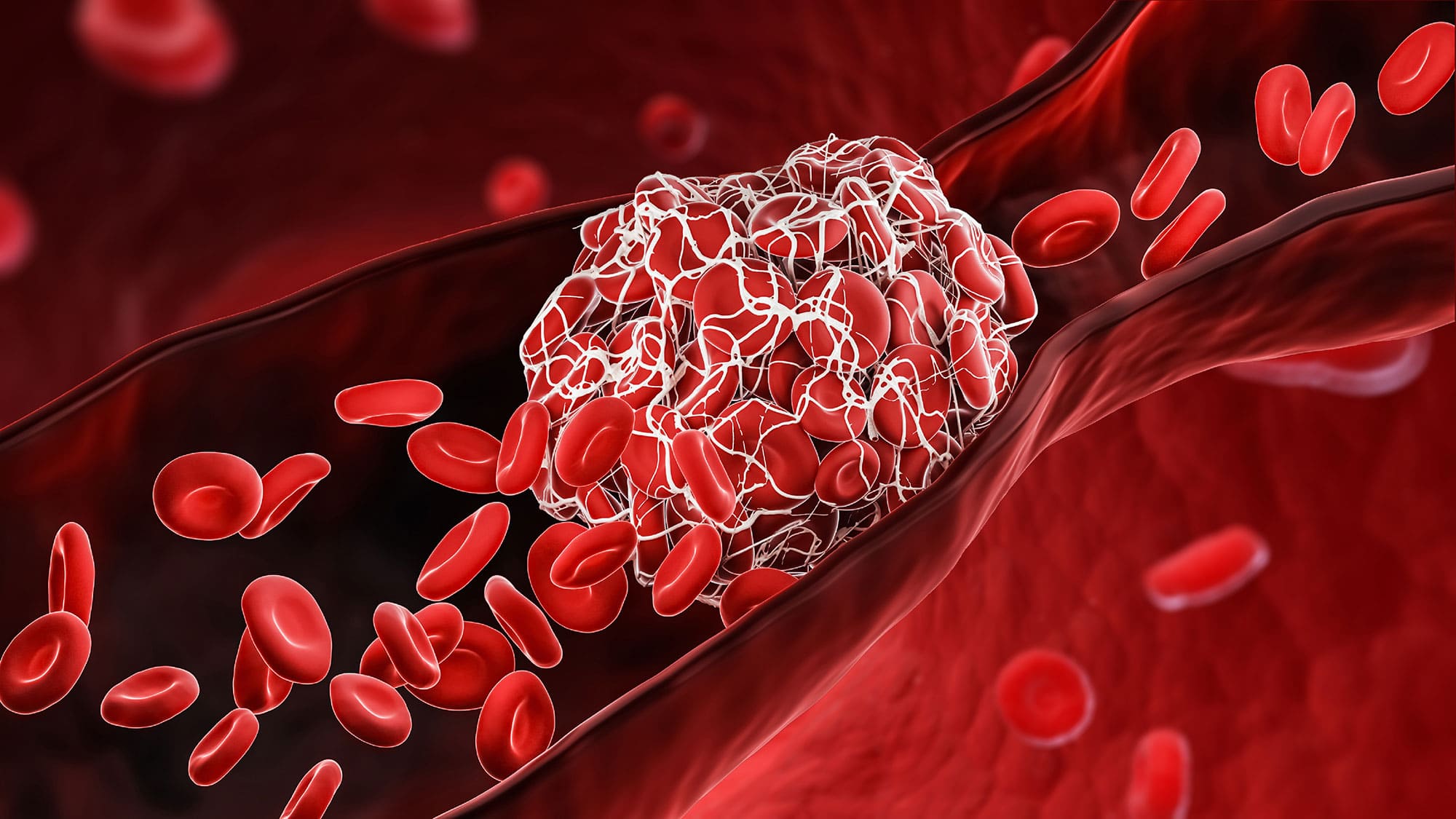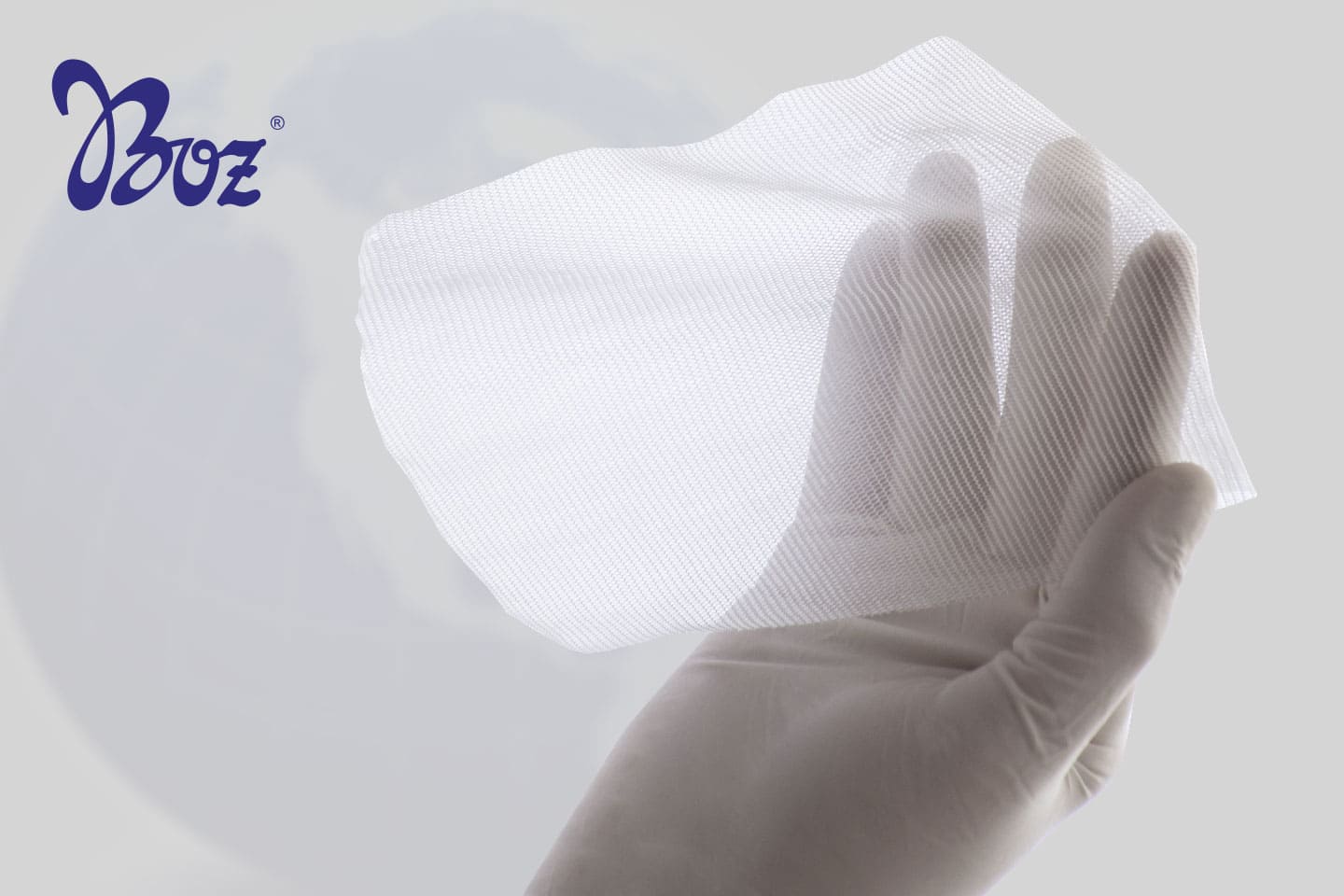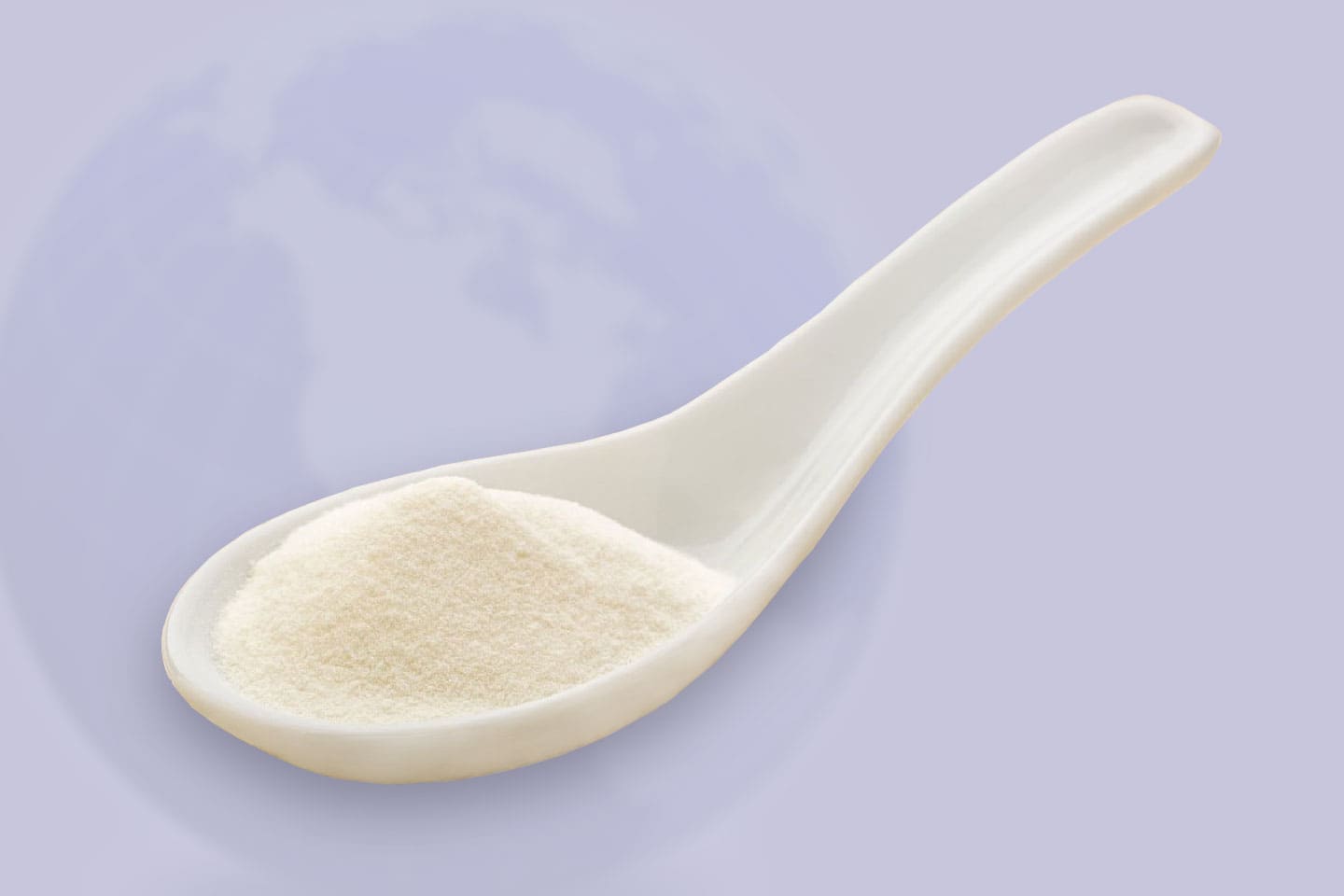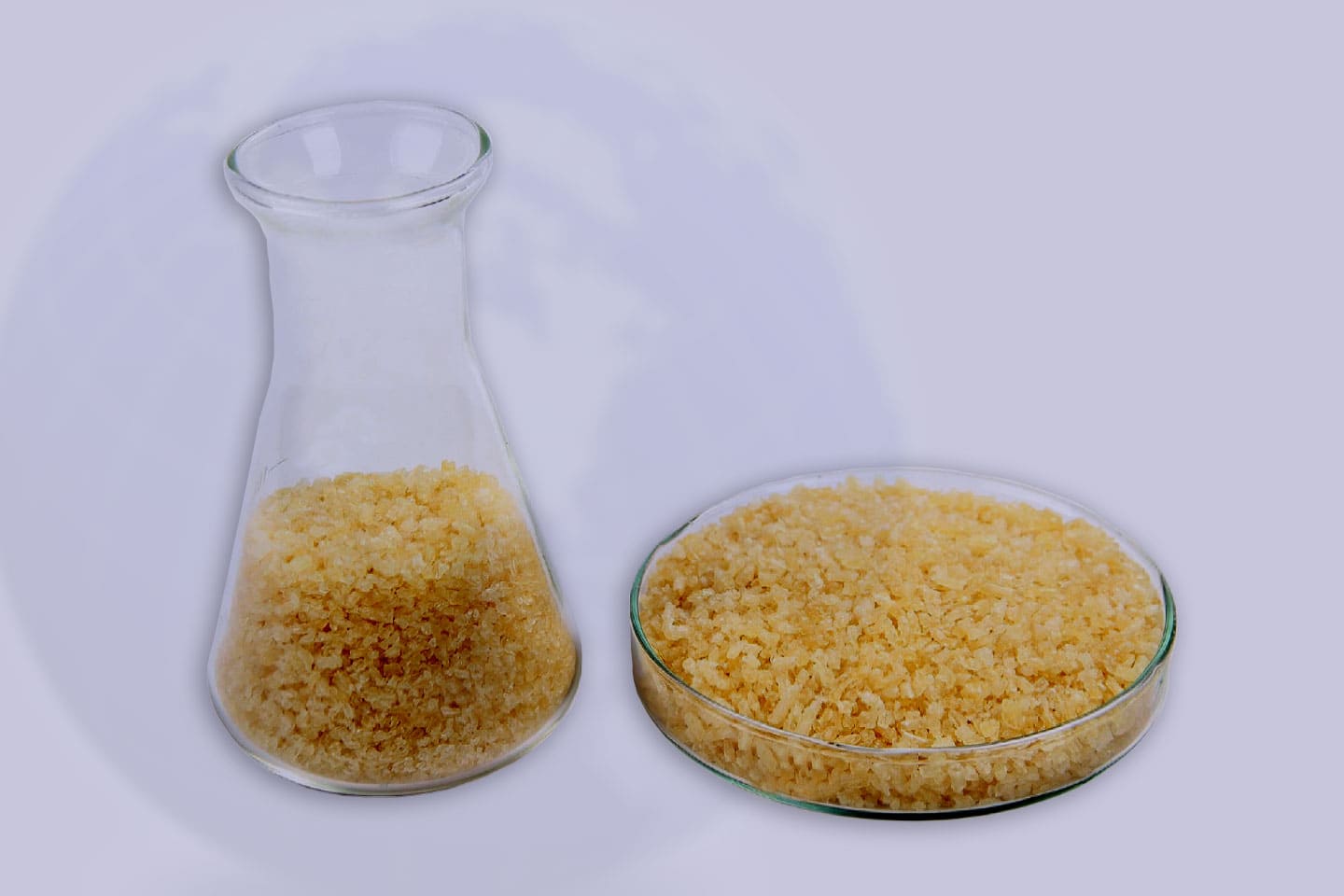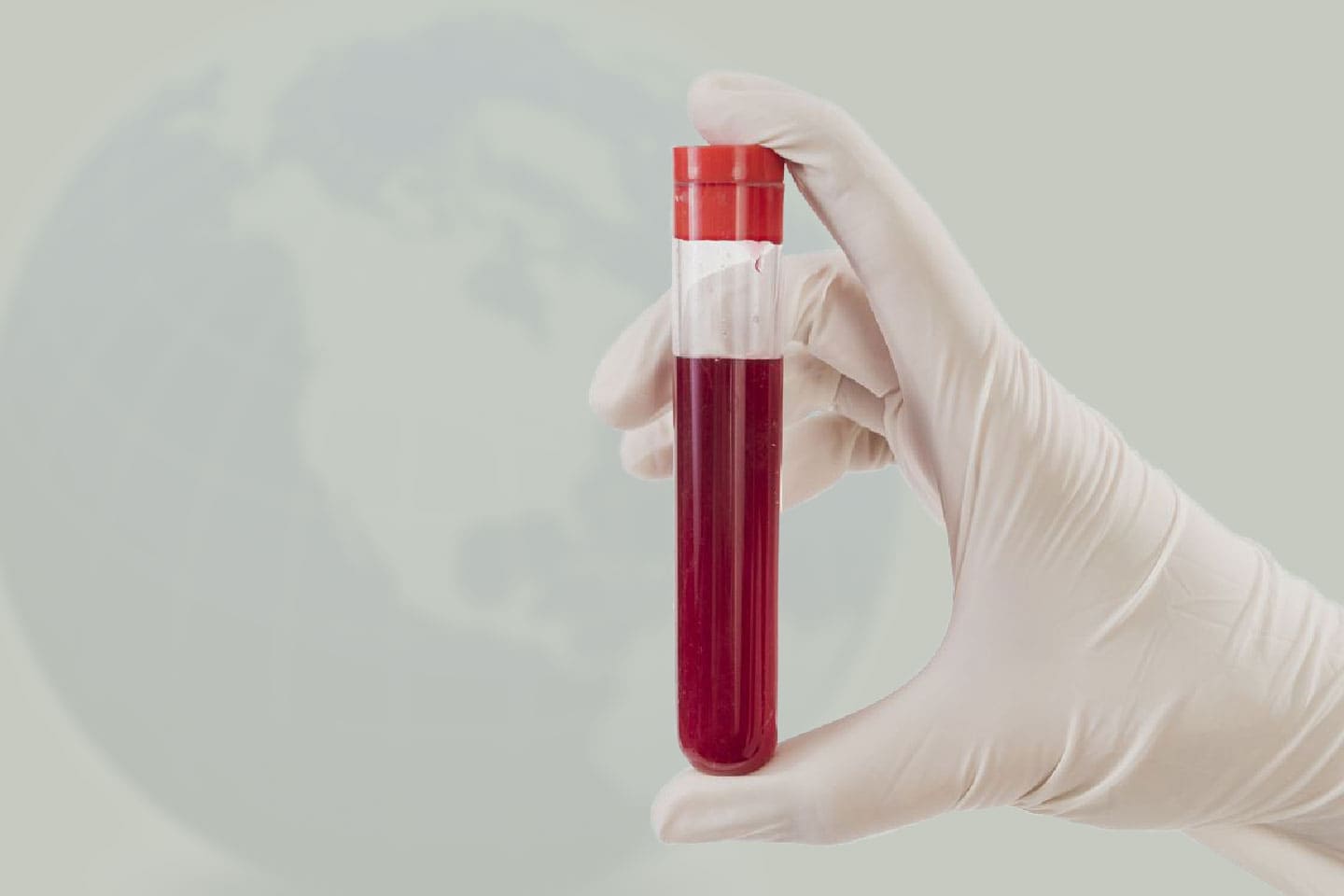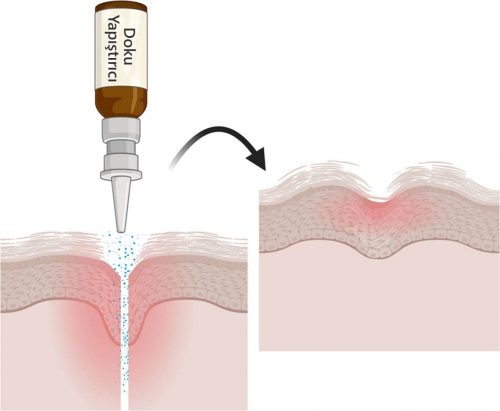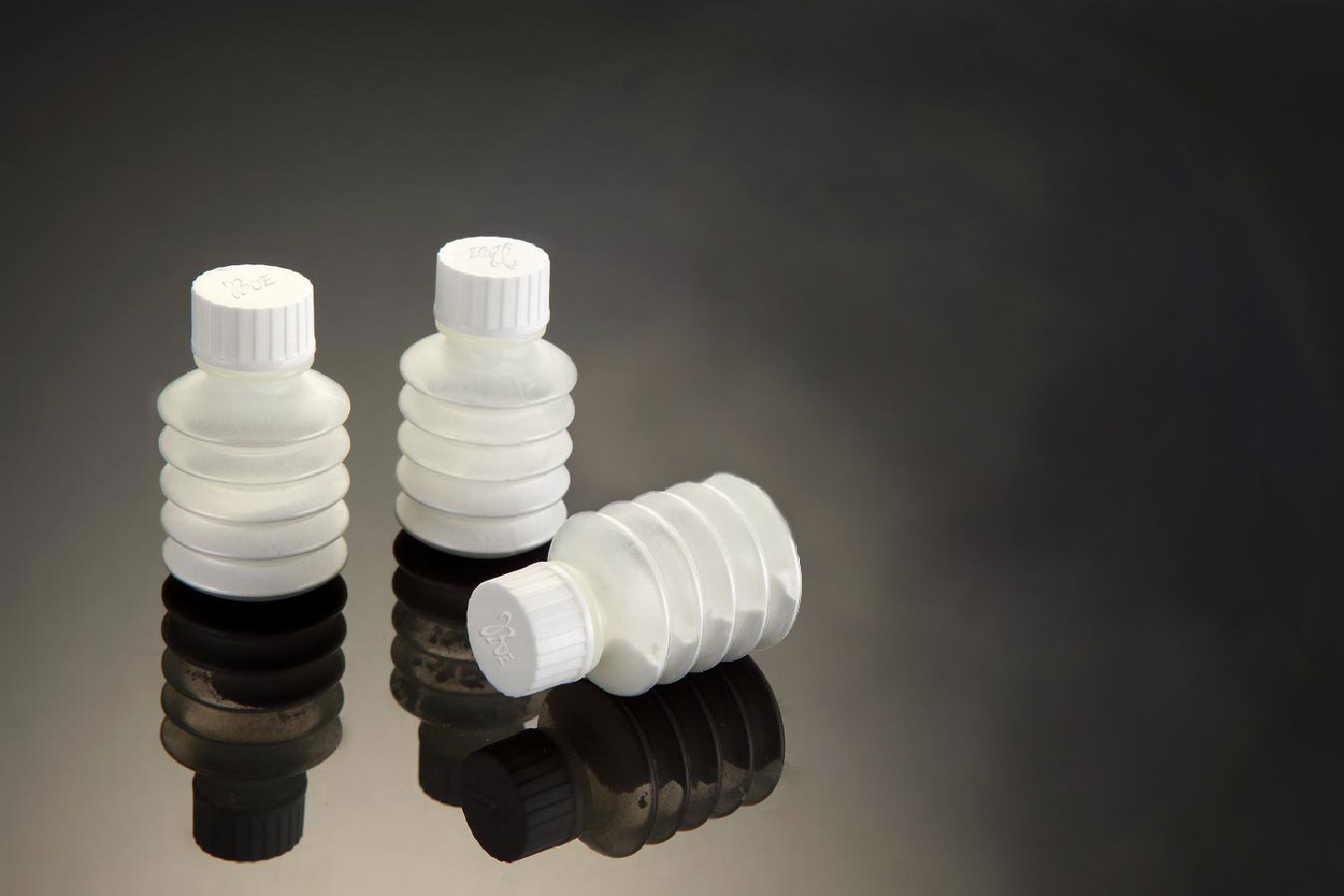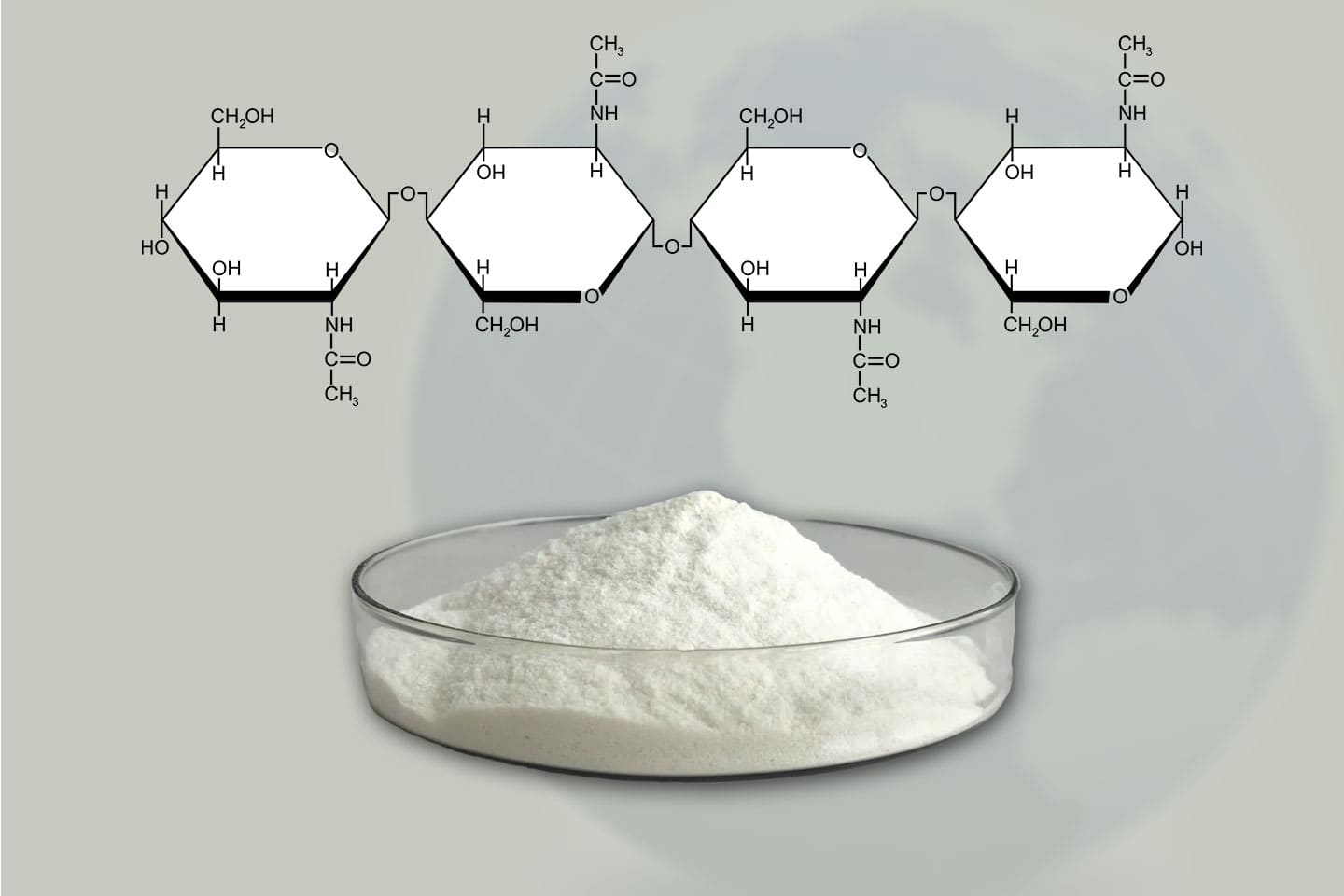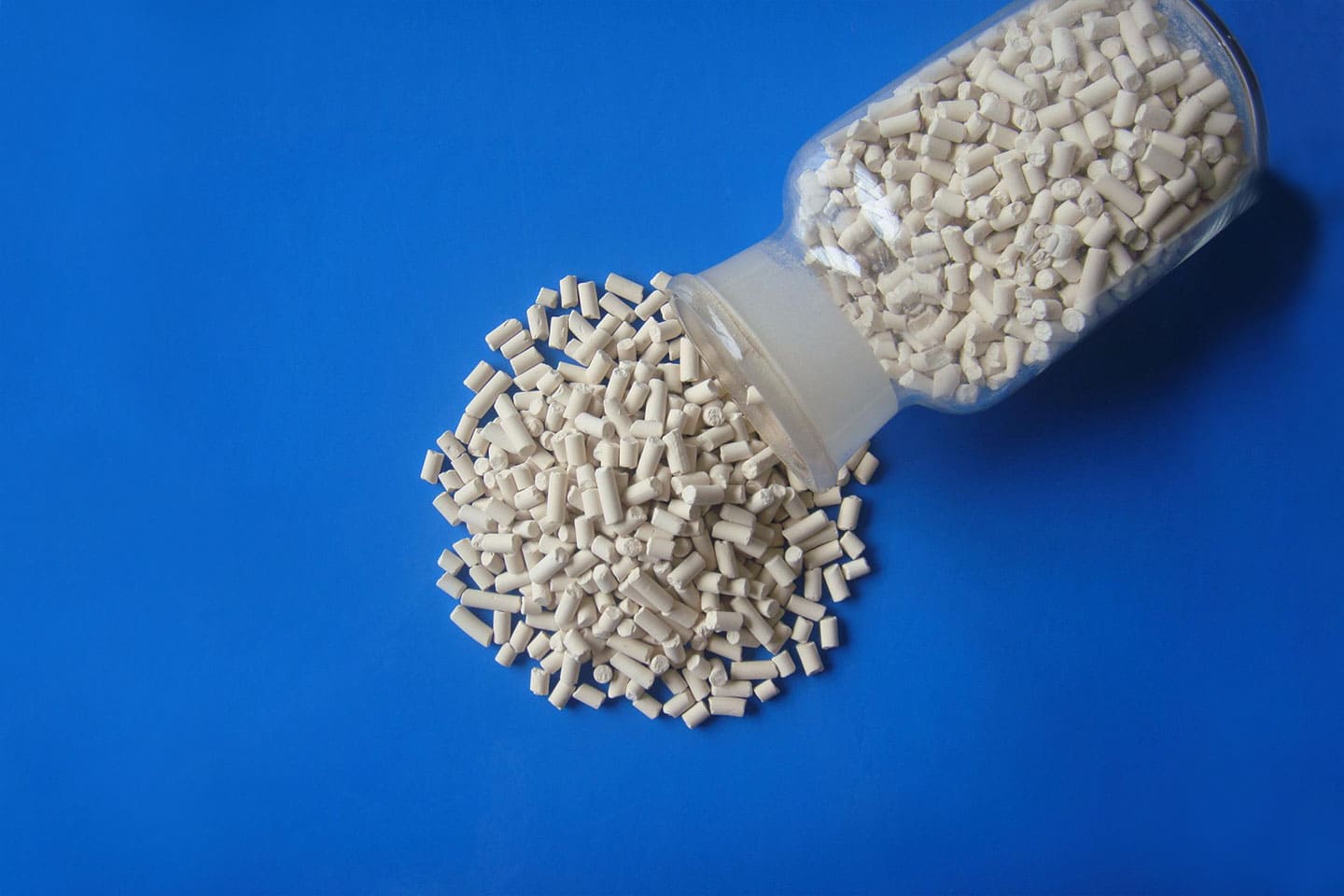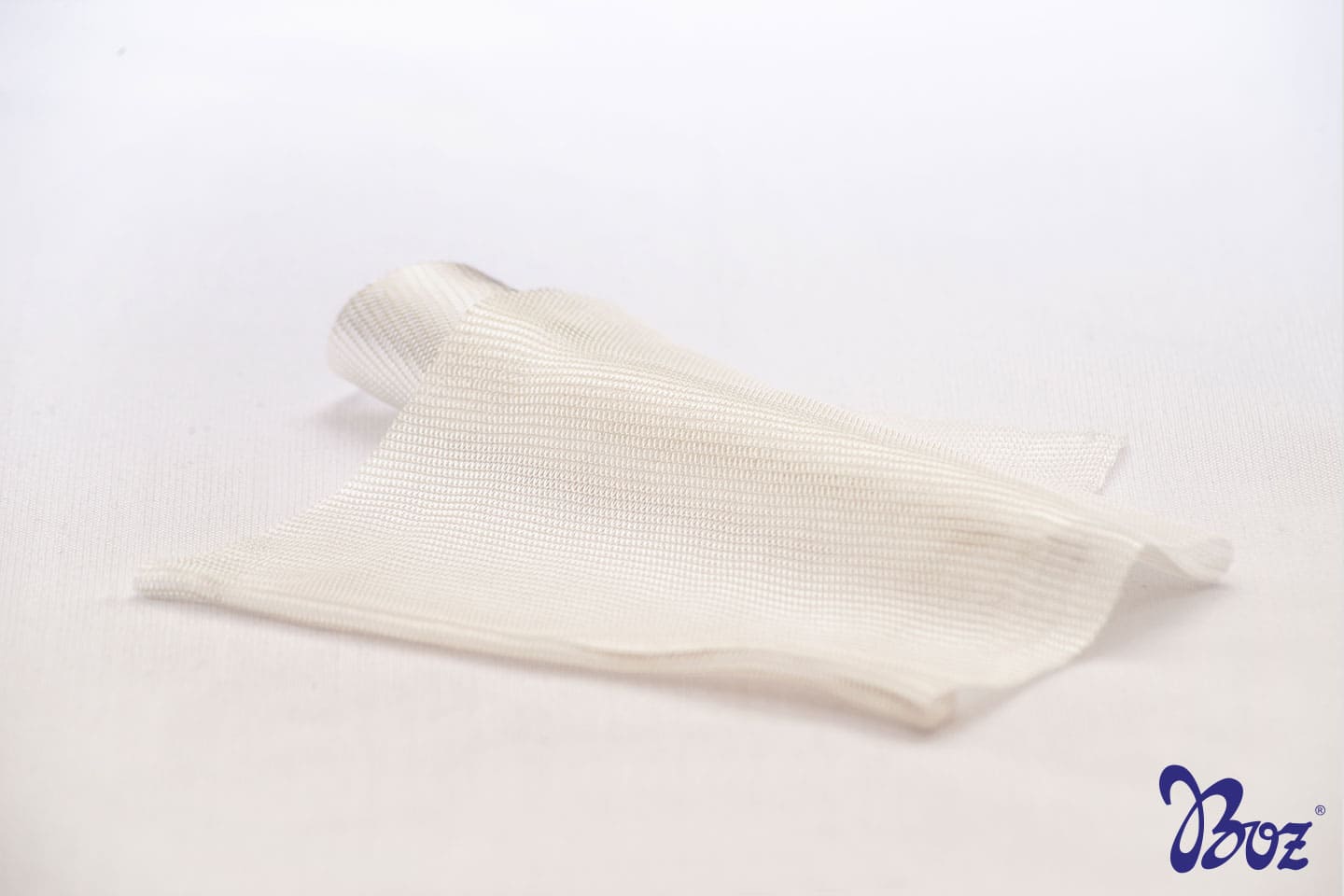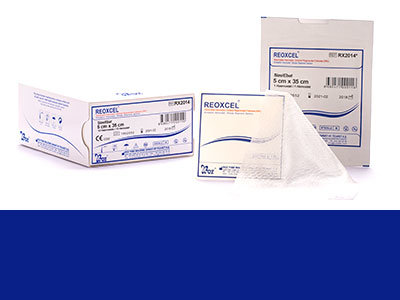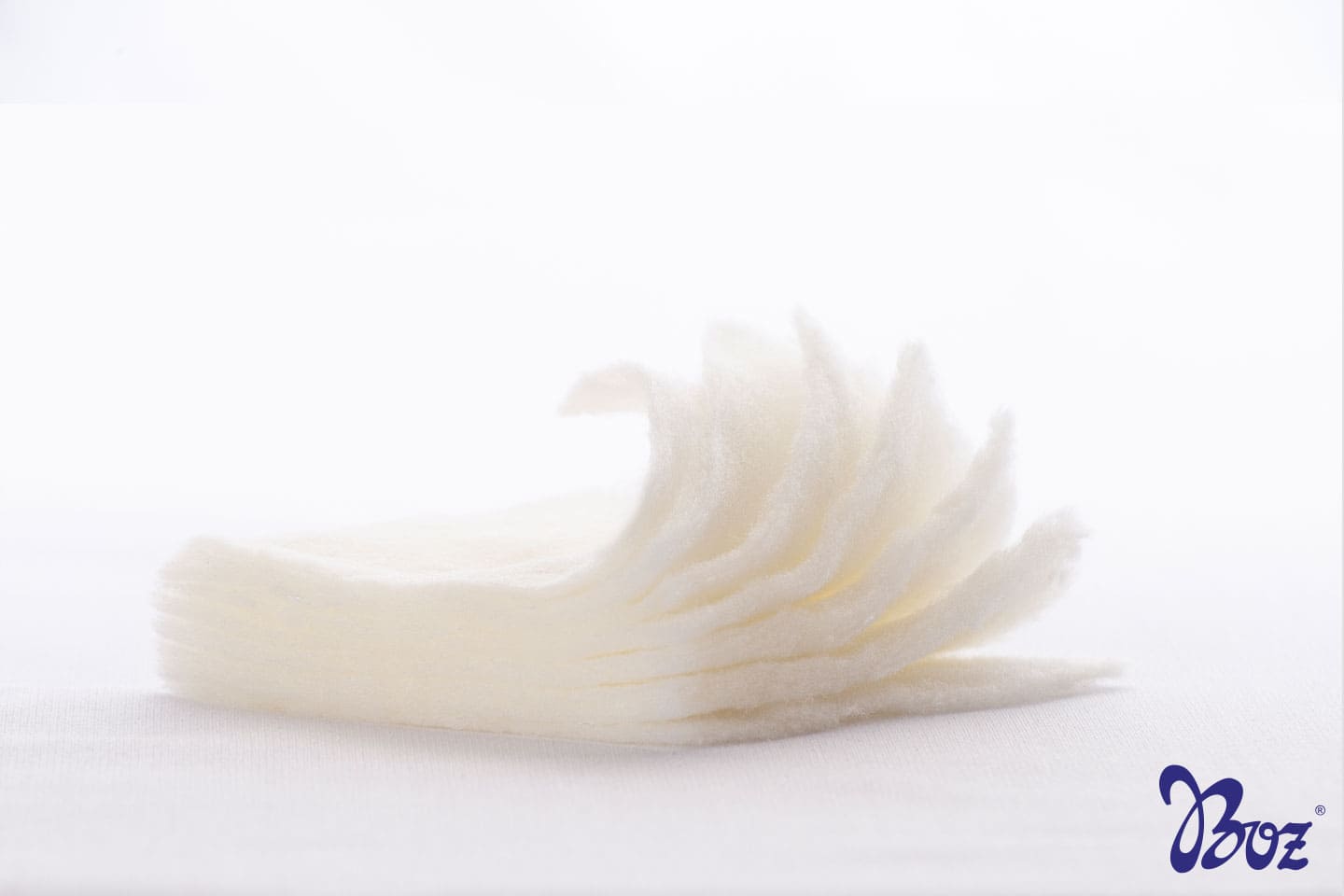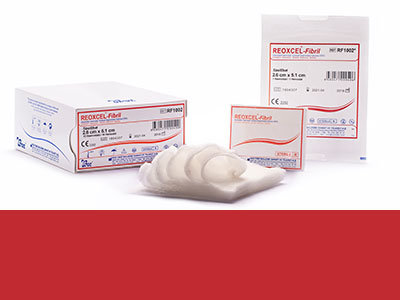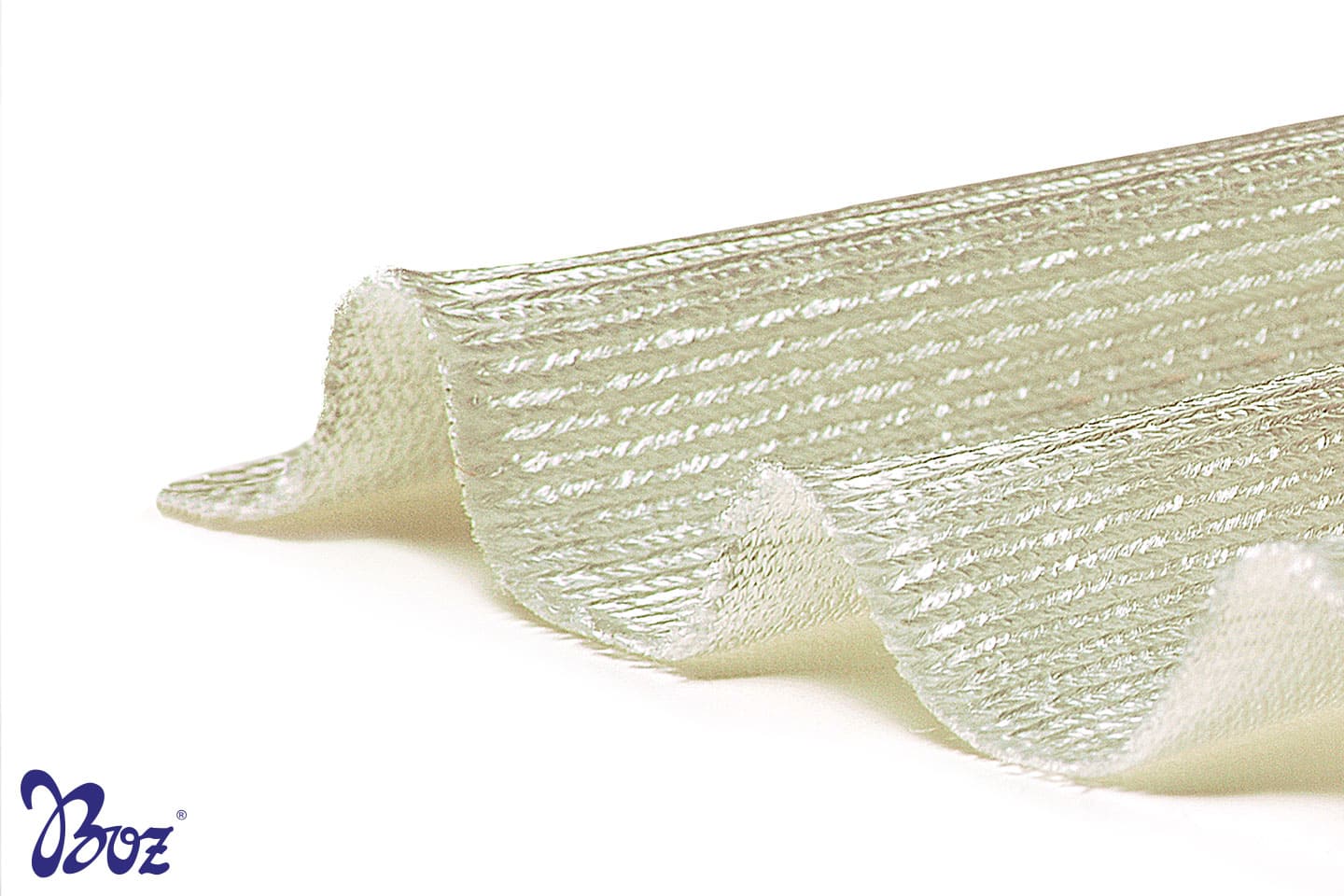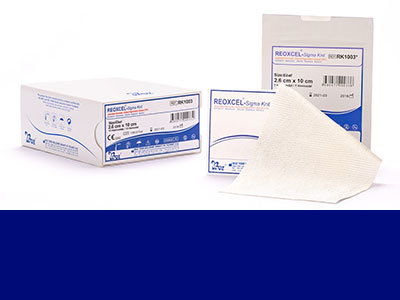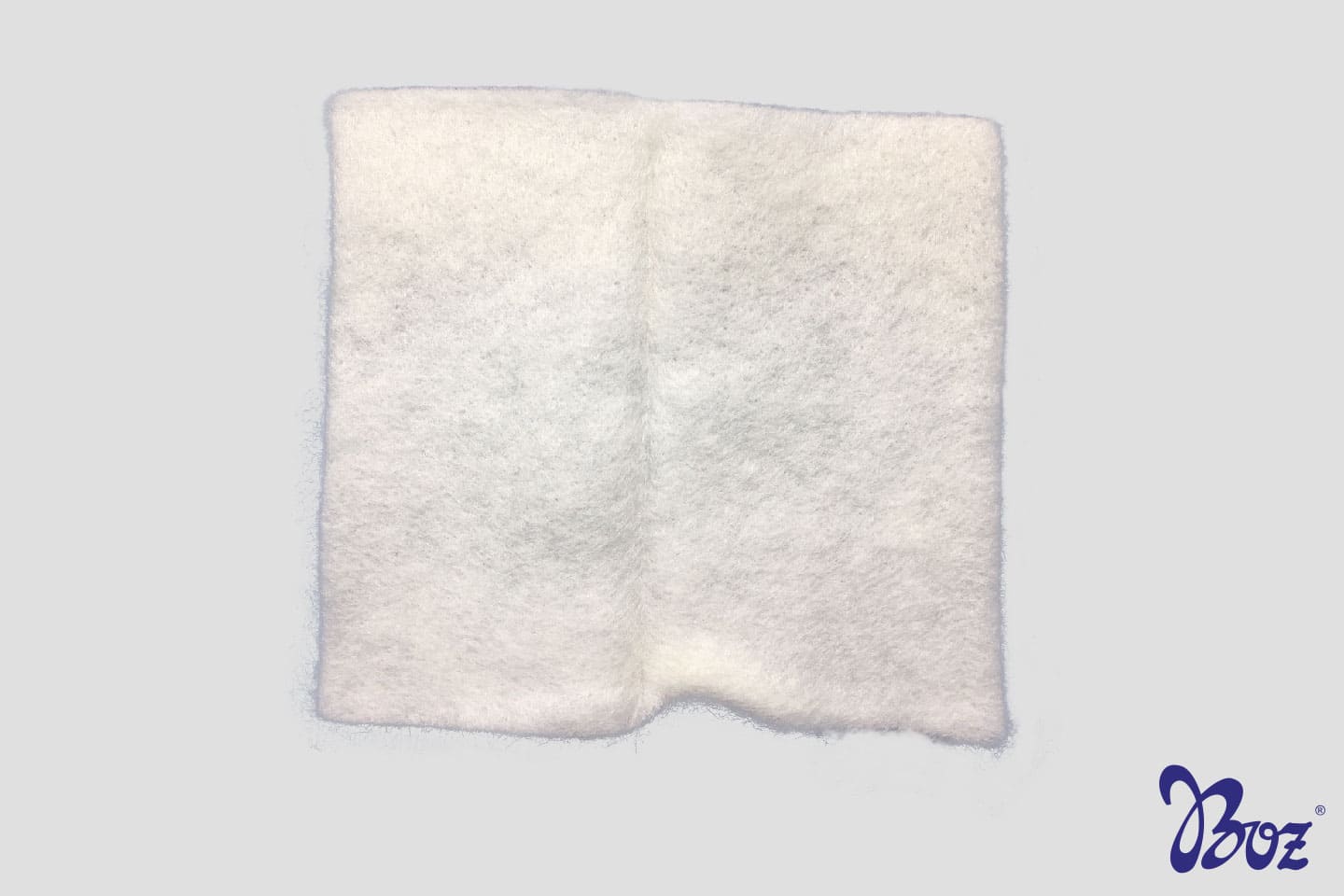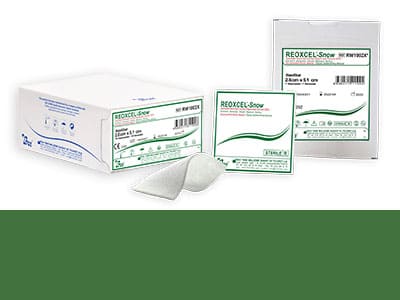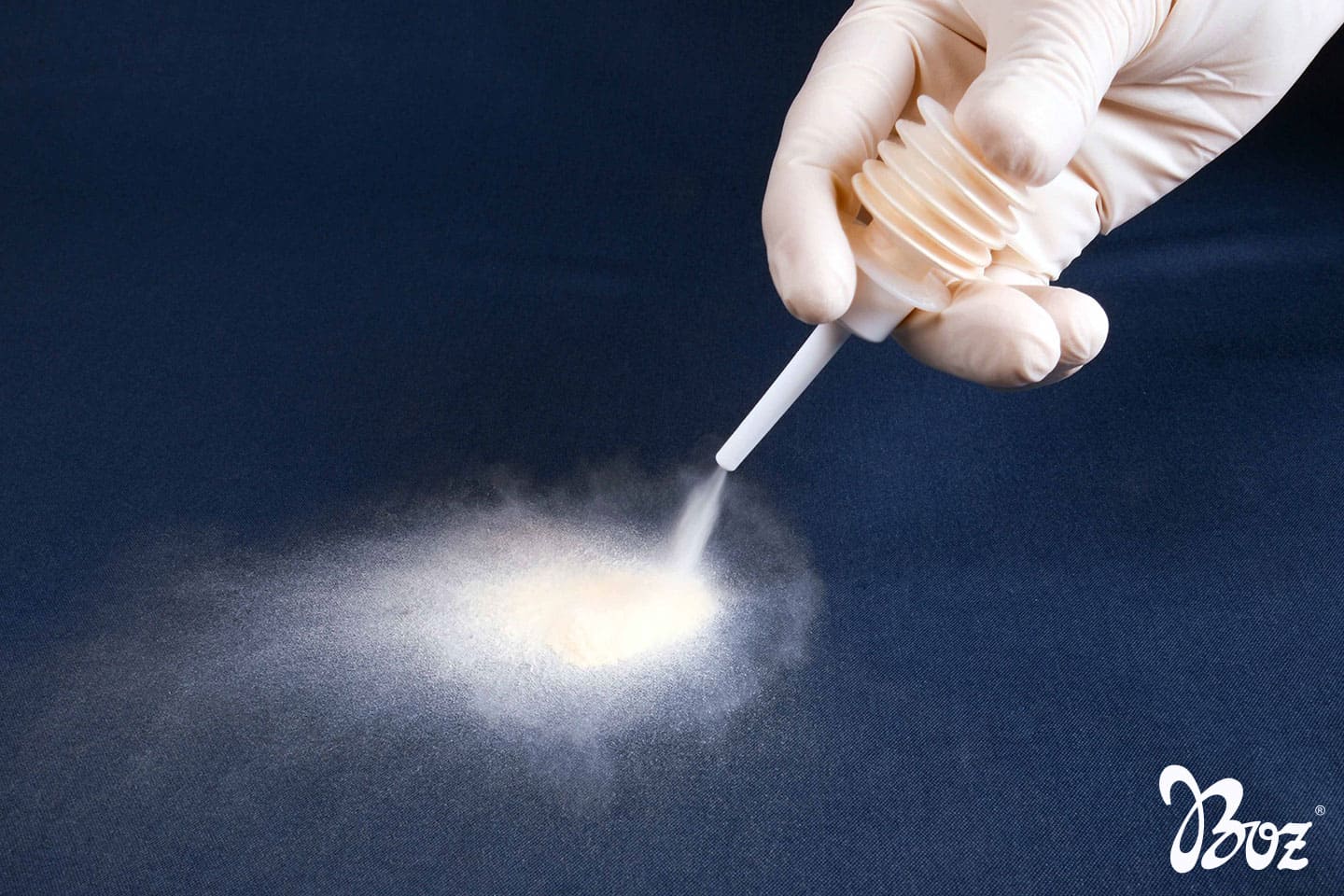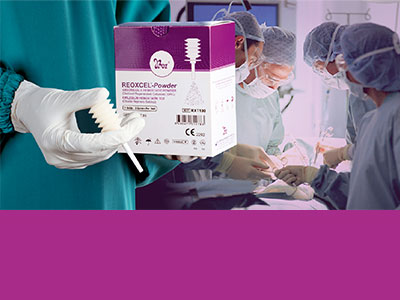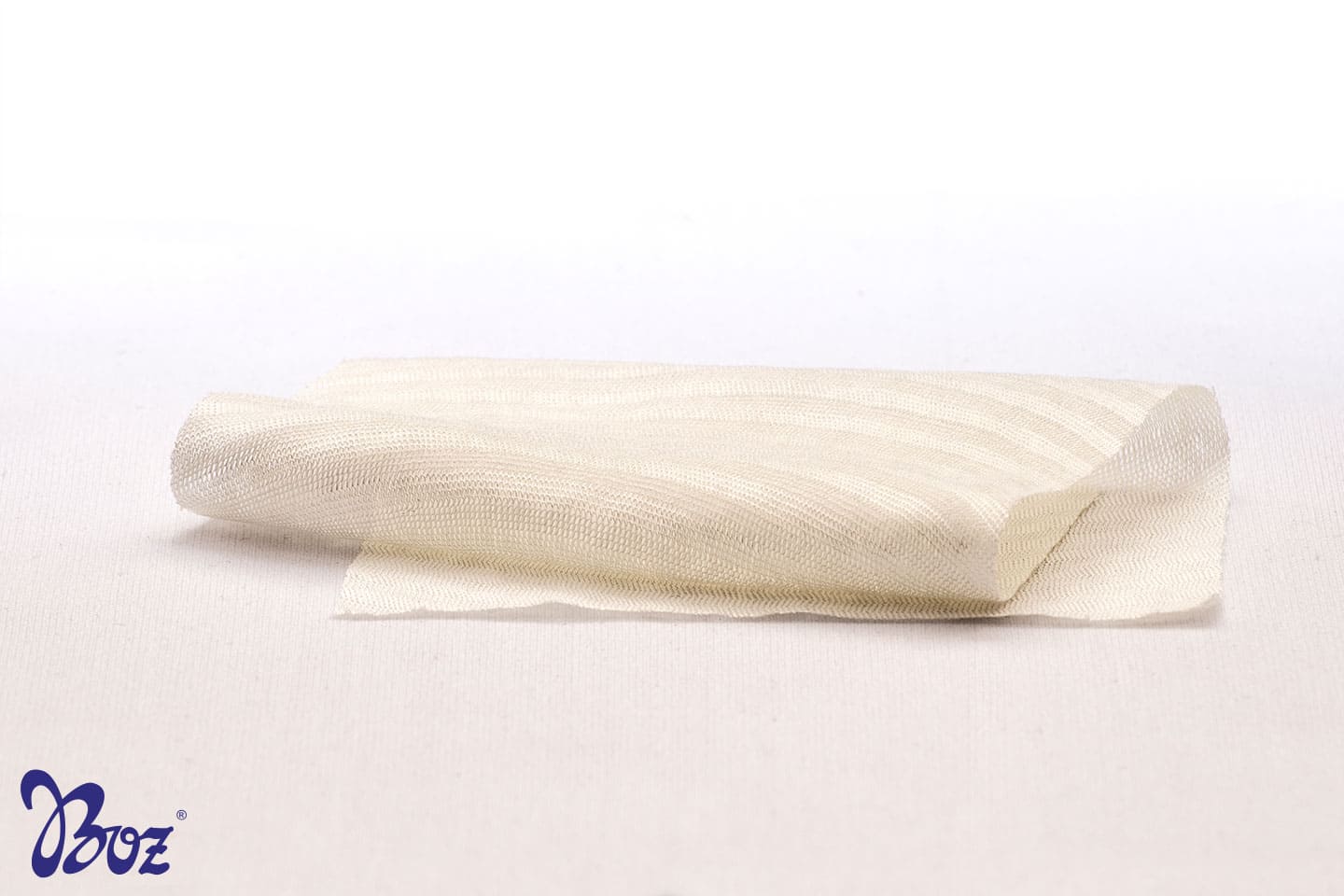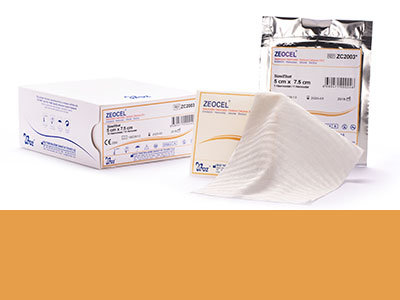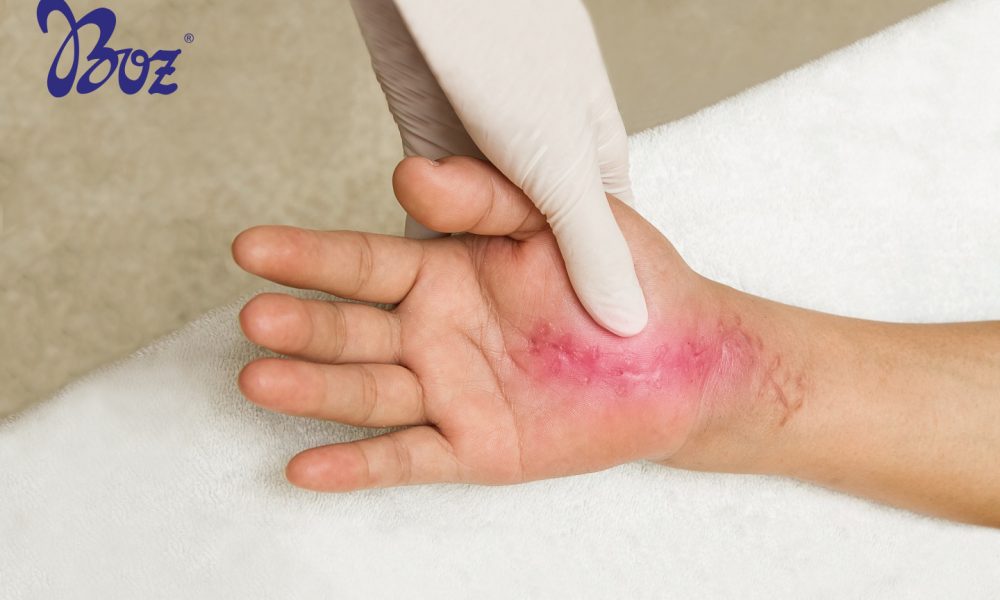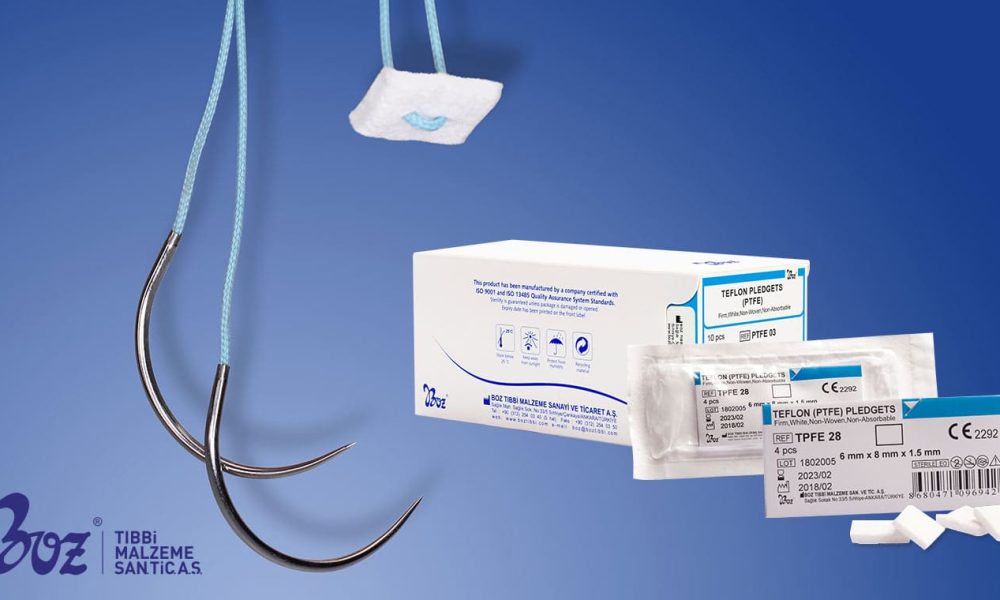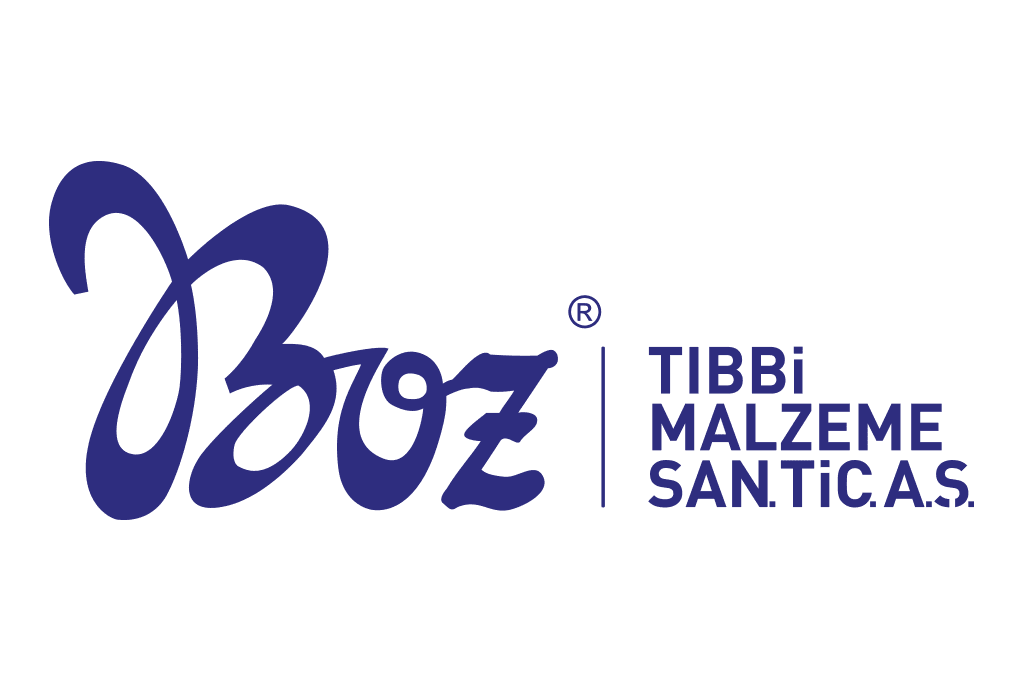Hemostats also known as antihemorrhagic agents are hemostatic agents used on the bleeding region to stop the bleeding on a tissue or organ. The process to stop the bleeding is called haemostasias. The bleeding will stop on its own in individuals without any hemostasis mechanism disorders as inflammation stage by blood clothing. (1,13.14) When the body is insufficient to stop major or minor bleeding because of internal or external wounding due to external intervention, tearing, rupture, traumatic cuts, dental operations, surgical or spontaneous interventions, surgical intervention is performed and hemostatic agents must be used. (21) In this article, we will look into hemostats which are antihemorrhagic or hemostatic agents.
What Is Hemostat (Hemostatic Agent) and What Are Hemostat Types?
Knowledge Base
What are antihemorrhagic hemostatic agents in surgical fields and other hemostatic agents? What are hemostatic agent types and usage areas? General information about hemostat types produced by Boz Medical...
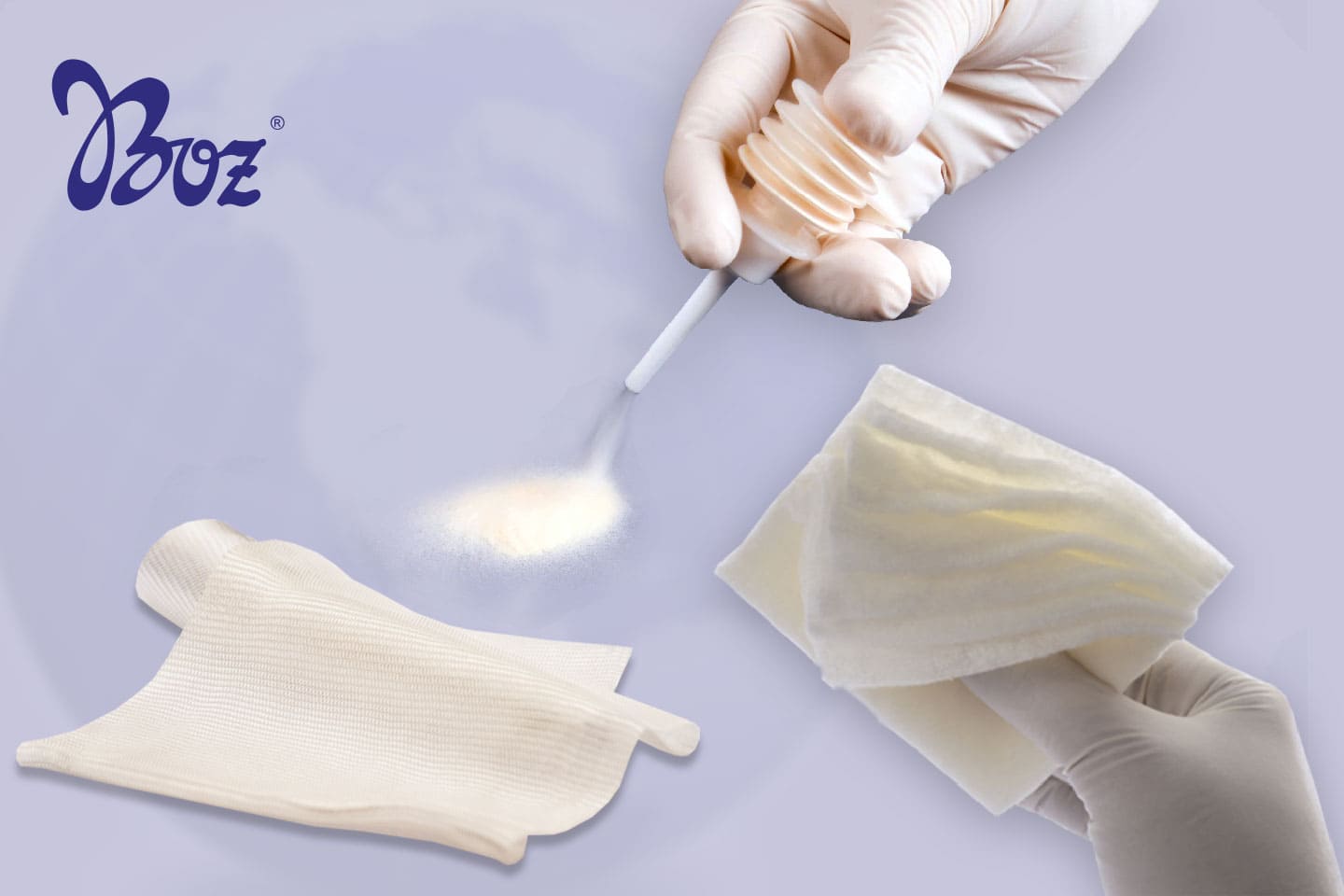
What Is Hemostasis?
Stopping the bleeding caused by tissue wounding, tearing or rupture due to trauma or surgical intervention is called hemostasis. When the tissue is cut and the bleeding starts, the defense mechanism will be activated as soon as the blood contacts with the air. The end of the cut vessels will contract at first. Then, there will be clothing at these ends and the coagulation will expand to block the vessel and stop the bleeding. The hemostasis state refers to blood coagulation and stopping the bleeding as a result of the relationship between natural-biologic or artificial-human intervention thrombocyte and coagulation factor. (1,7,11,13)
What Are The Usage Areas of Antihemorrhagic Hemostatic Agents?
In general, antihemorrhagic hemostatic agents are used for stopping both internal and external major or minor bleeding due to injuries, cuts, tearing, ruptures, traumatic cuts, dental operations, surgical or spontaneous interventions. (15)
What Are Hemostat (Antihemorrhagic Agent) Types?
The main hemostatic agents when we talk about hemostats are cellulosic or collagen-based agents. Also, there are antihemorrhagic agents with fibrine materials, synthetic adhesives or hemostatic powder or hemostatic matrix. Today, hemostatic agents produced from oxide cellulose are often preferred for minor bleeding. Cellulose hemostats produced in Boz Medical comply with “Oxidated Regenerated Cellulose” and “Oxidates Cellulose” standards of USP American Pharmacopeia. (1,3,15,21)
What Are Cellulose-Based Hemostatic?
This hemostatic agent which is the most preferred antihemorrhagic agent produced from oxidized cellulose was first developed as to act as a buffer for the bleeding tissue. This cellulose-based antihemorrhagic agent designed to induce the tissue for coagulation should only be used for the local management of minor bleeding. (1,3,4)
What Is Microfibril Collagen?
These are antihemorrhagic agent types developed in 1970 from bovine hide raw material to create hemostatic effect by applying on irregular surfaces in the bleeding region. This is a white, soft-looking, dry powder. (1,5)
What Is Anastomotic Adhesive?
Anastomotic adhesives that are used as hemostatic for surgical operations and trauma are divided into three as gelatin, thrombin and fibrinogen agents.
Hemostatic Agents With Bovine Gelatin and Human Thrombin
Collagen which is the building block protein type for the bovine or swine movement system is used for gelatin production. (16) Thrombin is coded by F2 gene in humans to trigger coagulation and created with thromboplastic effect from prothrombin in hemostasis. (7) This is locally applied to tissue surface for bleeding due to capillary damage. (6) The gelatin particles consisting of collagen and human derivative thrombin will expand when contacted with blood, absorb the blood 40 times more and can reach 200% times more that the initial size. These hemostatic agents are in sponge, solution or powder form.
Hemostatic Agents with Fibrinogen
Fibrinogen is an important protein produced by the body for the coagulation process. This is a protein type known as proto-coagulator and activates when any tissue in human body is damaged. Hemostatic agents with fibrinogen are combined with human derivative thrombin to turn into a stable fibrin. The existing thrombin levels around the wound region and fibrinogen levels determine the coagulation speed. (6,18)
What Is Synthetic Adhesive?
An adhesive type produced from bovine albumin and glutaraldehyde is applied to the bleeding wound for a flexible and practical sealing with this hemostasis method that is independent of the coagulation mechanism of the body. Glutaraldehyde molecules and bovine albumin molecules have covalent bound. (1)
What Is Micro Porous Polysaccharide Hemosphere?
Micro porous polysaccharide hemosphere (MPH) is plant-based and accelerates coagulation in contact. This is a fluid hemostatic powder designed for fast blood dehydration. After applying the powder on the bleeding surface, the osmotic effect of the dissolved materials inside the cell will expand the powder particles and increases the density of serum protein, thrombocyte or blood-platelet and other elements on the tissue. It creates the skeleton for fibrin coagulation as the hemostatic powder and tightened cells are coated. The hemostatic powder on the tissue is completely absorbed in 24-48 hours and the powder is enzymatically cleaned from the wound on the tissue or organ. (1,17)
What Are Chitin and Chitosan-Based Hemostatic Agents?
Chitin is one of the most important and second most common amino polysaccharide in the nature which is a type of carbohydrate used by arthropods such as crab and shrimp to dry the outer skeleton and by mushrooms to form the cellular wall. (8,10,19) While there are various chitin types, the most important one is chitosan. Chitosan was produced in 1894 by Hoppe-Seyler by processing chitin inside potassium hydroxide at 180°C (deacetylation) and chitosan was produced with decreased acetyl content. The data from the animals showed that hemostats containing chitosan acetate as an active ingredient decreased bleeding. Today, chitosan has an important place in the medical field and it is used as a raw material for antihemorrhagic agent hemostatic material production and animal and human band aid product as this material accelerates the wound healing by 30%.
What Is Zeolite Antihemorrhagic Agent?
Zeolite is a natural mineral in the nature and absorbs the water on the damaged tissue with exothermic reaction. Therefore, this material increases blood platelet density by breaking down the matured cells in coagulation factor and bone marrow to induce coagulation. (1,17)
Additionally, this material has FDA approval only for external bleeding. This is because 95% local temperature on tissue surfaces of animal models. As a result, there is need for more research since this material is dangerous for internal bleeding by considering the partial damage the material causes for external application. (1,20)
What Are Hemostats Similar to Ankaferd?
Ankaferd antihemorrhagic hemostatic agents are used as hemostats in Anatolia for centuries in alternative medicine field. These hemostats used for stopping the external bleeding are a plant-based mixtures used as a first-aid material rather than for medical operations. This is a hemostatic antihemorrhagic agent with two types which are spray and cream. (1,2,12)
What Are Absorbable Hemostats of Boz Medical?
As Boz Medical, we have 3 types of sterile hemostats which are plain textile, fibred or powder produced from alpha-grade cotton, Oxidized Regenerated Cellulose (ORC) and Oxidized Cellulose (OC) raw materials. (15)
Reoxcel (ORC)
Reoxcel absorbable hemostatic is a sterile hemostatic (antihemorrhagic) preparate produced from oxidized regenerated cellulose (ORC) (polyanhydride glucuronic acid) and has antibacterial effect against 40 types of microorganisms. Reoxcel hemostatic agent has plain textile structure, ensures coagulation in 3-4 minutes and completely absorbed by the tissue in 7-14 days. Reoxcel hemostatic agent complies with “Oxidized Regenerated Cellulose” standards of USP American Pharmacopeia.
REOXCEL (ORC)
Oksidized Regenerated Cellulose (ORC)To learn more about Reoxcel (ORC) and place your order, visit our product page…
Reoxcel Fibril
Reoxcel Fibril absorbable hemostatic is a sterile hemostatic (antihemorrhagic) preparate produced from oxidized regenerated cellulose (ORC) (polyanhydride glucuronic acid) and has antibacterial effect against 40 types of microorganisms. Reoxcel hemostatic agent has fibred textile structure, ensures coagulation in 3-4 minutes, completely absorbed by the tissue in 7-14 days and does not show tissue reaction at implant region during absorption. Reoxcel Fibril hemostatic agent complies with “Oxidized Regenerated Cellulose” standards of USP American Pharmacopeia.
REOXCEL FIBRIL
Oksidized Regenerated Cellulose (ORC)To learn more about Reoxcel Fibril and place your order, visit our product page…
Reoxcel Sigma Knit
Reoxcel Sigma Knit absorbable hemostatic agent has plain textile structure and manufactured from oxidized regenerated cellulose (ORC) (polyanhydride glucuronic acid). Reoxcel Sigma Knit ensures coagulation in 3-4 minutes, completely absorbed by the tissue in 7-14 days without tissue reaction and shows antibacterial effect against 40 types of microorganisms. Reoxcel Sigma Knit hemostatic agent complies with “Oxidized Regenerated Cellulose” standards of USP American Pharmacopeia.
REOXCEL SIGMA KNIT
Oksidized Regenerated Cellulose (ORC)To learn more about Reoxcel Sigma Knit and place your order, visit our product page…
Reoxcel Snow
Reoxcel Snow absorbable hemostatic agent is a sterile hemostatic (antihemorrhagic) preparate produced from non-woven material structured from oxidized regenerated cellulose (ORC) (polyanhydride glucuronic acid) and has antibacterial effect against 40 types of microorganisms. Reoxcel Snow hemostatic agent has cotton-like plain textile structure for better compliance and connectivity with the hemorrhage regions, ensures coagulation in 3-4 minutes with uniquely structured fibers and do not stich to medical tools with ease-of-use. This is completely absorbed by the tissue in 7-14 days. Reoxcel Snow absorbable hemostatic agent complies with “Oxidized Regenerated Cellulose” standards of USP American Pharmacopeia.
REOXCEL SNOW
Oksidized Regenerated Cellulose (ORC)To learn more about Reoxcel Snow and place your order, visit our product page…
Reoxcel Powder
Reoxcel Powder absorbable powder antihemorrhagic agent is manufactured from oxidized regenerated cellulose (ORC) (polyanhydride glucuronic acid). Venous, capillary and minor artery hemorrhage are controlled with ORC technology. Reoxcel Powder is an absorbable powder hemostatic agent and this agent effectively and efficiently controls the leakage on large tissue surface. Reoxcel Powder works fast to stop the bleeding and provides the necessary surface to initiate coagulation with blood platelet adhesion and aggregation when contacted with blood. Durable coagulation to gold the hemostasis is formed during irrigation.
REOXCEL POWDER
Absorbable Hemostatic PowderTo learn more about Reoxcel Powder and place your order, visit our product page…
Zeocel (OC)
Zeocel absorbable hemostatic agent is a sterile hemostatic agent manufactured from alpha-degree cotton in oxidized cellulose (OC) (polioxidhydro glucuronic acid) form. There will be coagulation in 3-4 minutes after application, absorbed in 7-14 days without any tissue reaction and shows antibacterial effect against 40 types of microorganisms. Zeocel hemostatic agent complies with “Oxidized Cellulose” standards of USP American Pharmacopeia.
ZEOCEL (OC)
Oxidized Cellulose (OC)To learn more about Zeocel and place your order, visit our product page…
Where Are Boz Medical Hemostats Used?
Absorbable antihemorrhagic hemostatic agents manufactured by Boz Medical can be used in general surgery, digestive system surgery, neurosurgery (especially brain operations), plastic surgery, orthopedics, gynecology, urology, stomatology, throat and nose surgeries, traumatology and cardiovascular surgery, vascular prosthesis implantation, facial and maxillofacial surgery, lung operations, hemorrhoidectomy, biopsies, liver and biliary operations, gastric resection, thoracic and abdominal sympathectomy as well as other surgical fields. Boz Medical absorbable hemostats can be applied to cavities (after tumor removal) as well as endoscopic operations and dental procedures.
Bibliography
(1) Çolak S, Altan A, Akbulut N, Lokal hemostatik ajanlar. Journal of International Dental Sciences 2018; 3: 147-152.
(2) Günay C, Sağlıyan A, Durmuş Ali S.,Mokhtare B, Köm M, Ratlarda Ankaferd Blood Stopper’ın Hemostatik ve Doku İyileşmesi Üzerindeki Etkilerinin Değerlendirilmesi. Fırat Üniversitesi Sağlık Bilimleri Dergisi 2021; 35 (1): 13 – 19
(3) Recinos G, Inaba K, Dubose J, Demetriades D, Rhee P. Local and systemic hemostatics intrauma: A review. Travmada lokal ve sistemik hemostatik ajanlar: Derleme yazısı. Ulus Travma Acil Cerrahi Dergisi;14(3):175-181
(4) Paparo F, Denegri A, Revelli M, Puppo C, Garello I, Bacigalupo L, Garlaschi A, Rollandi L, Fornaro R, Crohn’s disease: Value of diagnostic imaging in the evaluation of anastomotic recurrence. Ann Ital Chir 2014;85(3):271-281
(5) Karahaliloğlu Z, Nanoteknolojik yaklaşımlarla koagülatif sistemlerin geliştirilmesi. (Tez Çalışması) Hacettepe Üniversitesi 2015;24(2.3.2.3.)
(6) Atalan N, Hemostatik İlaçlar GKDA Dergisi 20(1):1-6, 2014. Access address: https://jag.journalagent.com/gkdaybd/pdfs/GKDAYBD_20_1_1_6.pdf
(7) Dr. Meriç G, Omurga Cerrahisinde Kullanılan Hemostatik Ajanların Nöral Dokular Üzerindeki Etkilerinin Karşılaştırılması (Canlı Sıçan Denekler Üzerinde Yapılan Histoloji Çalışması) İzmir Dokuz Eylül Üniversitesi Tıp Fakültesi Ortopedi ve Travmatoloji Anabilim Dalı – 2010 Access address: https://acikerisim.deu.edu.tr/xmlui/bitstream/handle/20.500.12397/13289/267051.pdf?sequence=1&isAllowed=y
(8) Özdemir Z, Kitin; kitosanın fonksiyonel özellikleri ve kullanım alanları. Türkiye Kimya Derneği 2014;104-111.
(9) Doğa Elçi S. Kitosan Türevlerini İçeren Hidrojellerin ve Çözeltilerin Hemostatik Özelliklerinin Değerlendirilmesi. Hacettepe Üniversitesi Lisansüstü Eğitim – Öğretim ve Sınav Yönetmeliğinin Biyoloji Anabilimdalı İçin Öngördüğü Doktora Tezi olarak hazırlanmıştır. 2019. Access address: http://www.openaccess.hacettepe.edu.tr:8080/xmlui/handle/11655/9344
(10) Demir A, Seventekin N, Kitin, Kitosan ve Genel Kullanım Alanları. Tekstil Teknolojileri Elektronik Dergisi Cilt: 3, No: 2, 2009 (92-103)
(11) Prof. Dr. Altundoğan S, Kanama Kontrolü. (January 2022) Obtained from: https://acikders.ankara.edu.tr/mod/resource/view.php?id=56394
(12) Beyazıt Y, Kurt M, Kekilli M, Göker H, Haznedaroğlu İC, Evaluation of hemostatic effects of Ankaferd as an alternative medicine. 2010;15(4):329-336
Web Sites
(13) Hemostaz – Hemostaz Nedir? (t.y.). https://www.turkcerrahi.com/ adresinden Ocak 2022 tarihinde elde edildi.
(14) Yaralar nasıl geçer? (t.y.). Obtained from https://www.sabah.com.tr/
(15) Hemostats (2019). Boz Medical. Access address: https://www.boztibbi.com/en/products/hemostats/
(16) Kolajen Nedir? (2021) Access address: https://www.medicalpark.com.tr/kolajen/hg-2367
(17) Trombosit (Aralık 2020). Obtained from: https://www.acibadem.com.tr/ilgi-alani/trombosit/
(18) Fibrinojen nedir? Fibrinojen değeri kaç olmalıdır? Düşüklüğü ile yüksekliği nedenleri ve belirtileri (2020) Access address: https://www.hurriyet.com.tr/aile/fibrinojen-nedir-fibrinojen-degeri-kac-olmalidir-dusuklugu-ile-yuksekligi-nedenleri-ve-belirtileri-41539958
(19) Kitin (November 2020). Access address: https://tr.wikipedia.org/wiki/Kitin
(20) Kitosan (December 2021) Obtained from: https://tr.wikipedia.org/wiki/Kitosan
(21) Kategori:Hemostatik ajanlar (2021) Wikipedia. Access address: https://tr.wikipedia.org/wiki/Kategori:Hemostatik_ajanlar

